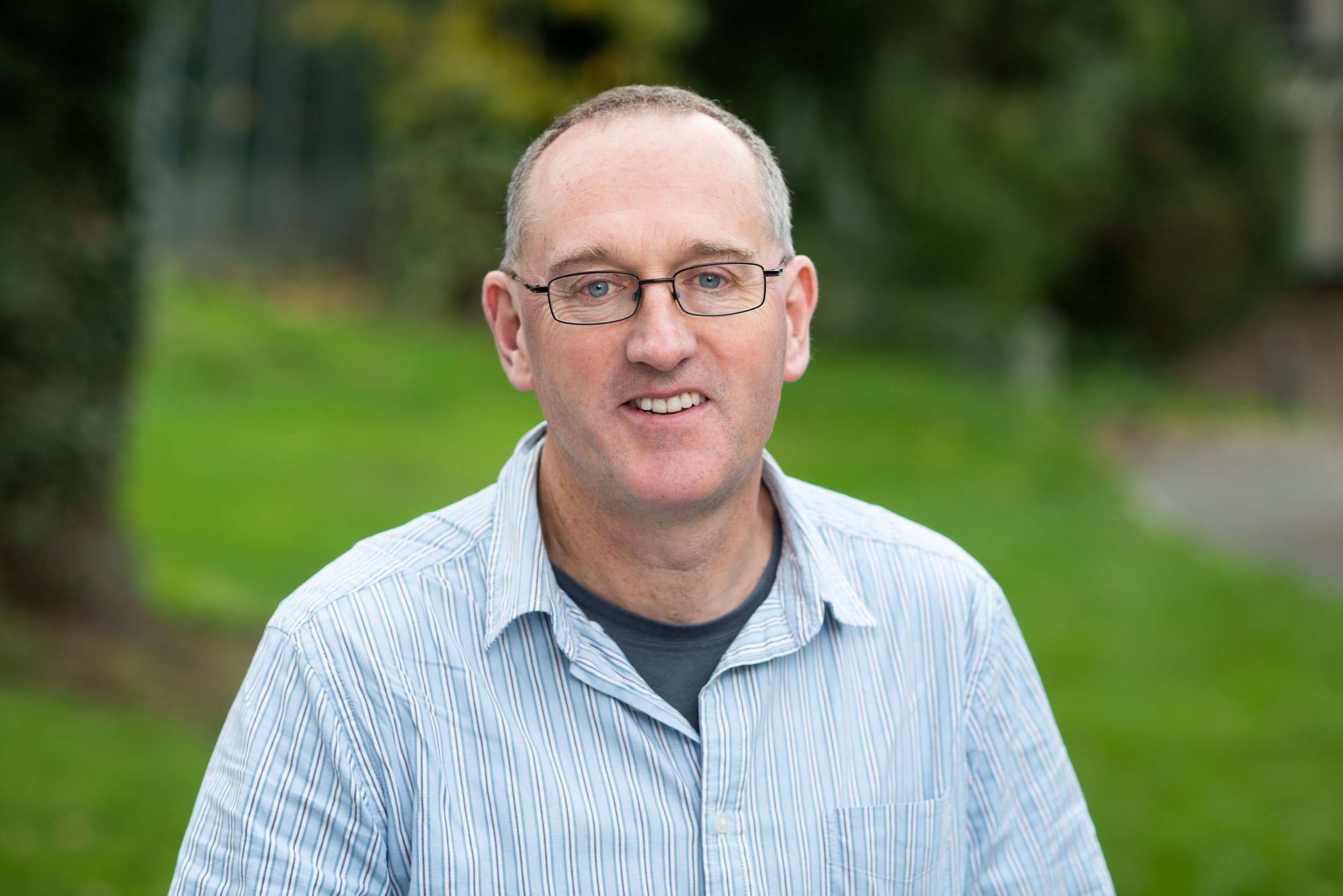The bodies of most of the millions of animal species on the planet have three clear ‘axes’ of organisation, with a top and a bottom, a front and a back, and left and right sides. Not all animals are organised like this though, with some animals like jellyfish and corals seemingly organised in simpler ways. Fossils and evolutionary trees tell us roughly when these body forms evolved, but not how. All animal bodies have two histories. One is evolutionary: how the processes of mutation and selection have shaped their bodies through the evolutionary process. The other is embryological: each generation, the body it is built anew from a single fertilised egg cell by the process of embryonic development. Understanding how the adult body has been shaped by evolution requires understanding of how embryonic development works, and how it has changed through time. In this talk I will explore what we know about how this happened, bringing together evidence from fossils, embryos, developmental mechanisms, genes and genomes to show how animal axes evolved.

